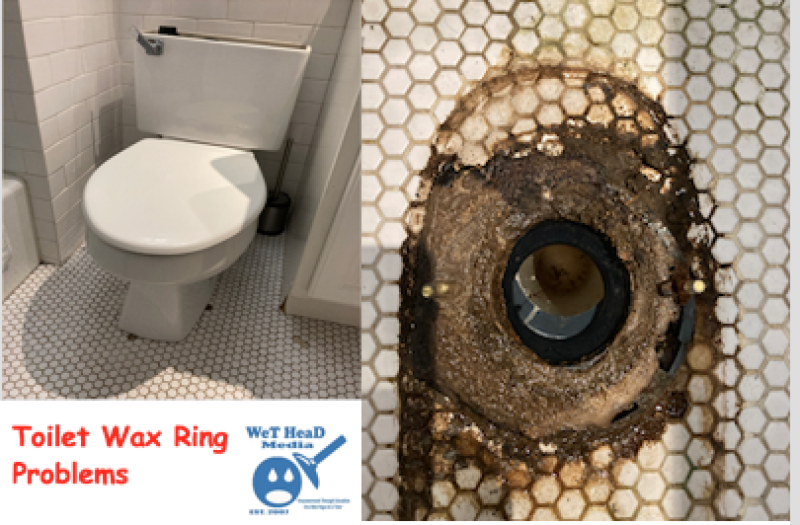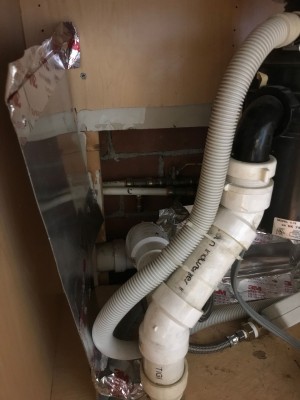How To Replace A Sewer Line
 In plumbing there are a few different types of systems, which one of them being the drainage system. The main sewer line is the lifeline for the plumbing system inside the home or building. Without the sewer line you would not be able to get rid of the plumbing waste at all.
In plumbing there are a few different types of systems, which one of them being the drainage system. The main sewer line is the lifeline for the plumbing system inside the home or building. Without the sewer line you would not be able to get rid of the plumbing waste at all.
In the older days sewer lines were made from clay pipe and years later we are now realizing that this material was not going to hold up that long . Sewer line replacement and repair is a common thing amongst many homeowners and also business owners. Today sewer lines are made from mostly PVC pipe because of how long the PVC pipe will last compared to a clay based pipe. There still are a few other kinds of sewer pipe you can use such as service weight cast iron that plumbers currently use in many commercial applications. In municipal applications cement sewage lines are currently used. The sewer line will run from the house or building to the septic tank or city sewer system hook up. The length of the sewer line will be determined by measuring from the inside wall of the building to the septic tank or city sewer hook up.
To install a new sewer line you must first check with your local plumbing codes and see the depth requirement so you will know how far that you will have to dig the pipe down. You will need a backhoe either way to dig the sewer like if you have a long distance from one end of the line to the other. If your sewer line run is short and the ground conditions are good you could always hand dig the ditch for the sewer pipe. The first thing you will need to do to install the sewer line is to dig the trench using the backhoe or manually from the foundation of the building to the tank or city hook up. You will want to make the trench as deep as your local plumbing code told you you had to as well as making sure that it is at least 24″ wide so that you have room to work or lay pipe.
Once you have dug your trench you can start laying your PVC or iron service wight pipe into the hole. Most states require the pitch on your pipe to be at a grade of 3/4 ” per every 4 ‘. In some states this Will be 3/4″ per every 3’ instead. Always check with the local plumbing codes before installing the new sewer line. As you lay the sewer pipe into the hole make sure to keep checking the pitch and the grade with your level every three of four feet. Also make sure that when you lay the pipe down that the ground underneath the sewer pipe is solid and not loose. If the ground is not solid underneath it could settle and that could result in you having a “back-pitched” sewer line that won’t work.
After the pipe is in the hole from the building to the septic tank or city sewer connection you can now make your connections with your fittings to your house trap and also to the connection on the septic tank or tap from the city. After you have made all of the connections you will want to just bury a few spots of the pipe so that it stays in place. Do not bury lots of the pipe because the plumbing inspector will have to see the pipe. Once the plumbing inspector gives you the passing inspection for the replacement sewer line you can start back filling the dirt by hand or with the backhoe or machine you used to dig the trench. If you do not need to replace the entire sewer line but only a section you could use the above directions but only replace the parts of the line that you feel you need to replace because they have collapsed or to clogged for repair.




I have a collapsed sewer pipe just outside of my home. I have a rough idea where is is, but have no idea how deep it might be. I have a one story home without a basement, and the problem is just a few feet outside my house. Do you have any idea how far I should have to dig to find my sewerline?
not very deep mabe a foot 1/2 samething happend with my house but i got more than one spot i have to fix
well in my house i have old clay pipes and its runs down the side of the house then turns and goes under my room that has concreate floor and a concreate slab behind my room what should i do i have dug up as much as i could today and have to continue tommorw its been a rough day and will take some time to fix so do i use pvc or get clay pipe agine
This is amazing! Nice post. :)